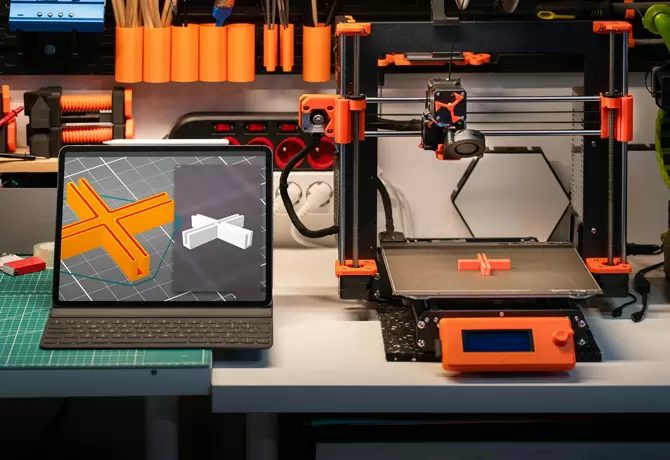
The advent of electric cars has revolutionized the automotive industry, offering a more sustainable and eco-friendly alternative to traditional gasoline-powered vehicles. But what technology is used in electric cars that sets them apart? This article delves into the intricate technological components that power these green machines.
- Electric Motor
At the heart of every electric vehicle (EV) lies the electric motor, replacing the internal combustion engine found in conventional cars. The electric motor converts electrical energy into mechanical energy, propelling the vehicle forward. There are two primary types of electric motors used in EVs: alternating current (AC) induction motors and direct current (DC) motors. AC motors, popularized by Tesla, are known for their efficiency and power, while DC motors are prized for their simplicity and cost-effectiveness.
- Battery Pack
The battery pack is the lifeblood of an electric car. It stores the electrical energy that powers the motor. The most common type of battery used is the lithium-ion battery, favored for its high energy density, long lifespan, and light weight. The battery technology in EVs is continually evolving, with companies like Tesla pushing the boundaries with their proprietary battery technology.
- Regenerative Braking System
One innovative technology used in electric cars is the regenerative braking system. Unlike traditional braking systems that dissipate kinetic energy as heat, regenerative braking systems capture and convert this energy back into electricity, which is then stored in the battery for later use. This technology significantly enhances the energy efficiency of EVs.
- Charging System
Charging infrastructure is a critical component of electric vehicle technology. There are three main types of charging systems: Level 1, Level 2, and DC Fast Charging (DCFC). Level 1 charging uses a standard household outlet, while Level 2 charging requires a specialized charging station. DCFC, also known as rapid charging, can charge an EV to 80% in just 30 minutes.
- Vehicle-to-Grid (V2G) Technology
A relatively new technology in the EV space is Vehicle-to-Grid (V2G) technology. This allows electric cars to not only draw power from the grid but also feed power back into it. This bidirectional energy transfer can help stabilize the grid during peak demand periods.
- Advanced Driver-Assistance Systems (ADAS)
Many electric cars come equipped with Advanced Driver-Assistance Systems (ADAS), such as autonomous driving capabilities, collision detection, and adaptive cruise control. These technologies leverage sensors, cameras, and artificial intelligence to enhance safety and driving comfort.
In conclusion, the technology used in electric cars extends far beyond a simple battery and motor. It encompasses a wide range of innovative systems and components, each playing a crucial role in enhancing the performance, efficiency, and sustainability of these vehicles. As technology continues to evolve, we can expect to see even more advancements in the electric vehicle industry, further propelling us towards a greener future.




